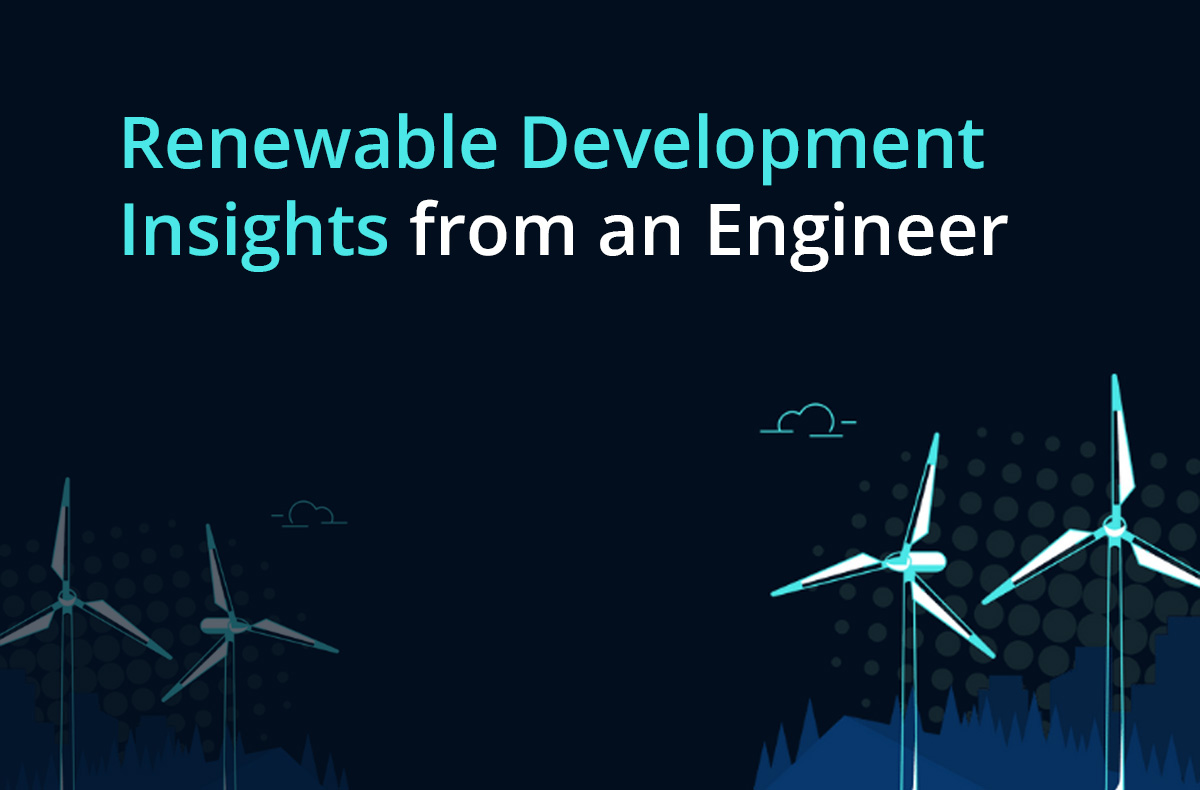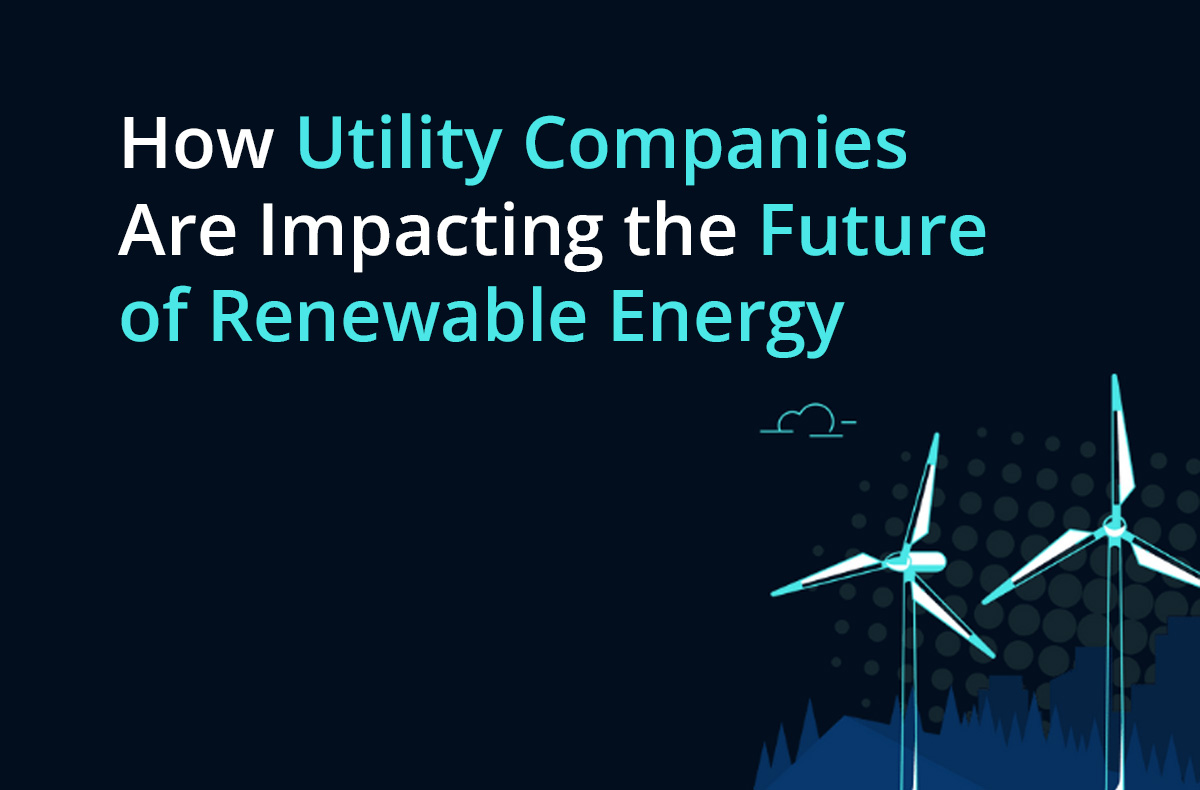What does development in the renewable energy industry look like today?
We asked Pauline Searles, Senior Project Engineer at Enel North America, to join this episode of Climate Chronicles to share their perspective.
In this episode, Pauline shares some insights into their role and the kind of projects they work on. We also hear their thoughts on the importance of battery storage, the biggest challenges in the industry, why we need to prepare to recycle renewable assets, and much more.
Listen to the podcast below or keep reading for the top takeaways.
Diversity in renewables
While wind power has been Pauline’s career focus for the most part, they are also branching out and learning more about solar power and storage. They believe the future of renewables won’t necessarily come down to wind versus solar energy. Pauline says that to build a sustainable future, we need to diversify our technologies – not just with energy-producing assets like wind turbines and solar panels, but with battery storage as well.
Battery storage has been a hot topic in the industry and will continue to be a major focus as demand for renewables grows. Without sufficient battery storage, the energy produced by wind turbines and solar panels could be lost if that energy is produced in a time of low demand.
As Pauline explains, “When the resource is high and the demand is low, that energy just doesn’t go to use right now. And if we can take advantage of storing that energy and then dissipating it when the demand is higher, or when the resource is lower, then that can help equalize and stabilize our transmission system.”
While building more batteries seems like the obvious solution, there are some limitations. How we make batteries often depends on harvesting rare earth elements, such as lithium, which can be unsustainable for the local community you’re harvesting it from. In Pauline’s opinion, we need to work on every element of the circular economy to make each part of the industry cleaner.
The biggest challenges in renewable energy
The renewable energy industry has come up against many challenges and limitations. As Pauline describes, one of the biggest challenges for wind power in the U.S. is around size limitations set out by the FAA. This places limits on how large wind turbines can be, which limits the amount of power they can produce.
Other challenges often revolve around general regulations and community acceptance, as not everyone is happy to see more wind turbines built.
The biggest challenge that Pauline’s team faces right now is around PV module sourcing. Most PV modules come from China, and there’s a limit on how many they can produce. This also depends on transport and importing, both of which were hit hard by COVID-19 lockdowns and the resulting supply chain issues.
Enel, the company Pauline works for, is currently trying to expand its own factories for PV module production. Currently, there’s a small capacity plant in Italy, but they plan to build a U.S. one by 2025. This should help to reduce any supply chain issues and improve the accessibility of PV modules.
Technology gaps in the industry
Updated technology has improved many elements within the renewables industry, but there are some gaps where several aspects could be improved, says Pauline.
While Vestas has made significant progress in blade recycling, there’s going to be an increased need for better recycling or replacement of PV panels.
The certified life for wind turbines is 20-25 years, but many wind farms are still running 30 years later. With many turbines coming to the end of their service lives, they will need to be either fully or partially replaced over the next few years.
As Pauline explains, some of the technology that would be involved in these replacements isn’t fully ready. “The end-of-life and repurposing and recycling opportunities for a lot of these technologies isn’t fully vetted and fully ready to accept the mess of a large supply that’s going to start hitting its end-of-life in the next 15 to 20 years.”
However, there are companies that are exploring potential uses for recycled blades. For example, there’s a blade working group within The American Clean Power Association that released a white paper on blade repurposing and recycling opportunities. In this paper, they discuss using blades to build pedestrian bridges, bus stop covers, and more, which would help to keep every step of the process more sustainable.
How technology is speeding up project completion
Anyone who works in the wind industry knows that building new turbines is not a quick or easy process. There are environmental studies, detailed assessments, and studies on local wildlife, most notably birds, before anything can proceed.
This means that anything we can do to streamline the process is a big win for the renewable energy industry. Thankfully, modern technology has helped to transform how quickly projects can be approved, built, and finalized. Previously, the closing of a project would require people to review hundreds of QAQC documents, scan every individual paper, and even fax them to specialists. Today, all that information is digital and quickly accessible, which means that new renewable energy projects can be completed much faster.
This can make jobs like Pauline’s a bit harder because there’s more urgency to complete projects now, but overall, it’s a step in the right direction for the renewable energy industry.
To learn more about Pauline’s job role and the kind of projects they work on, listen to the full podcast episode today.











